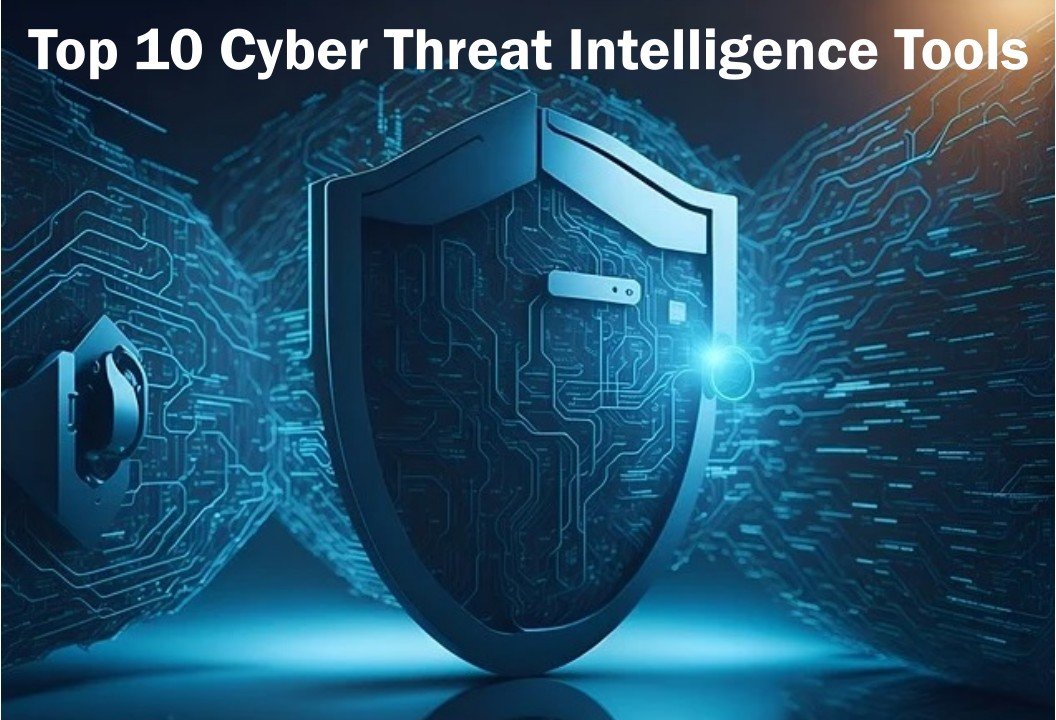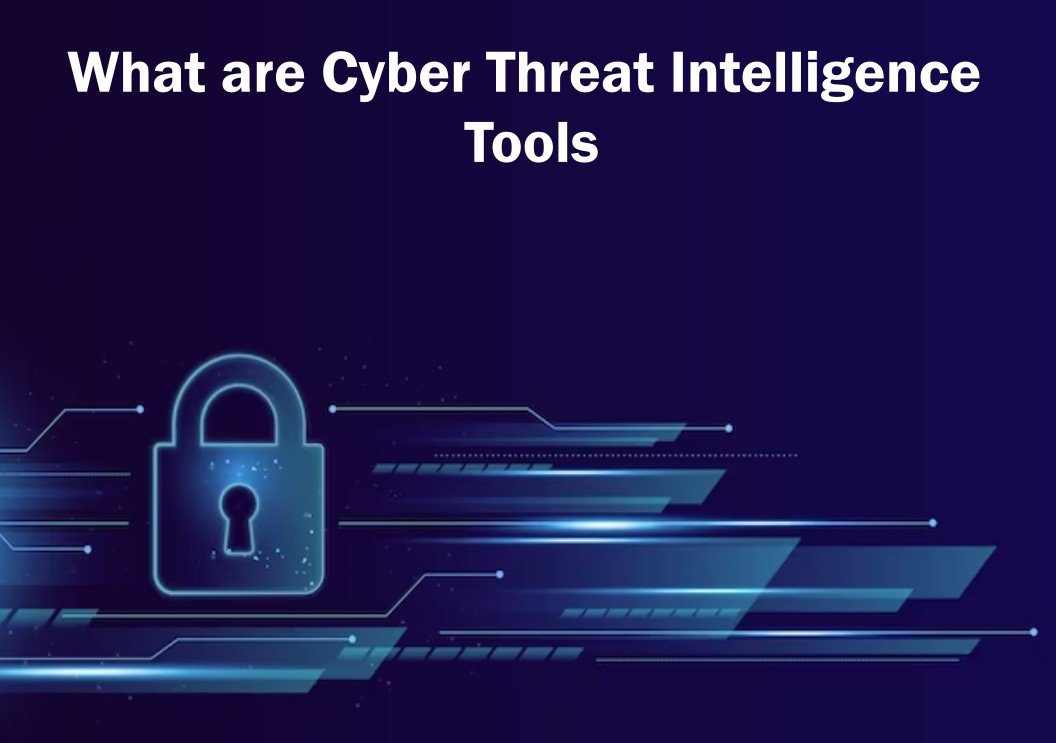Top 10 Cyber Threat Intelligence Tools

Credit - Pixabay
Data breaches and ransomware attacks are growing more regular in the modern threat landscape. Investing in cyber threat intelligence tools is wise to overcome cybersecurity challenges. These tools automate security processes by notifying data leaks and malicious incidents. They provide invaluable information sourced through artificial intelligence and machine learning. With evident data analytics, IT personnel can respond effectively to deter hacking attempts.
Cyber attacks are growing as malicious actors exploit security flaws and seek new hacking techniques. Without threat intelligence, gaining technical details of specific attacks is impractical. The platform overviews the attackers' methods and motives. Understanding insider threats becomes necessary to protect your company from ransomware and data breaches. Using this technology, the IT team can create a robust security plan. We will briefly discuss some of the best cyber threat intelligence tools available. These tools can help prevent or stop a digital attack in progress.
Also Read -
What are cybersecurity threats?
Cyberthreat implies that a hacker (malicious actor) is attempting to gain unauthorized access to a network for a cyberattack. They may want to install ransomware, steal data, or have monetary benefits. They can attack in many ways to meet their goals. The more security personnel know about cybersecurity threats and types, the more efficiently the professionals can respond. Some common cybersecurity threats are:
Malware
It is malicious software used to destroy data or steal sensitive information. Examples include ransomware, trojan horse, and spyware.
Phishing
It is an online scam initiated through fraudulent emails, text messages, or phone calls. Hackers trick you into getting your credit card numbers or password.
Denial of Service (DoS) attack
It occurs when a perpetrator overwhelms the system with fraudulent traffic from multiple computers or devices. They intend to make a website or application too slow or entirely unavailable.
Man-in-the-middle attack
It occurs when a hacker secretly eavesdrops or alters the communication between two parties to steal data. Cybercriminals often target unsecured Wi-Fi networks to launch this attack.
Injection attacks
Cyberpunks inject malicious code into a program to execute remote commands, enabling them to read or edit data. Examples include cross-site scripting (XSS) and SQL injection attacks.
Topmost cyber threat intelligence tools
Threat management by IT professionals involves using tools and techniques to generate precise information on cyber attacks. The information will include the mechanism and motive behind the incident. Today, organizations can use different threat modeling tools based on their business needs. Let us know about the trending cyber threat intelligence tools.
1. CrowdStrike
This tool detects breaches across networks and endpoints using artificial intelligence (AI) technologies. It blocks known malicious code from executing and provides real-time protection.
Features
- Endpoint analytics
- Elite threat hunting
- Cloud-based, automated protection
- AI and ML-powered cybersecurity
2. ThreatConnect
It is a comprehensive threat intelligence platform that accelerates incident investigation and resolution. It gathers data from open-source feeds, internal sources, and commercial providers.
Features
- Dark web monitoring
- Phishing detection and mitigation
- Security orchestration and automation
- Collaboration and information sharing
3. Kaspersky Threat Intelligence
This platform gives detailed insight into potential cyber threats to your firm. It facilitates instant data analysis through APT and crimeware intelligence reporting.
Features
- Threat infrastructure tracking
- Digital footprint intelligence
- Easy integration into security controls
- ICS vulnerability information
4. SolarWinds
The threat intelligence portal helps collect raw log data from across your network into a central place. IT experts can easily compare this data against potential issues from an out-of-the-box threat database feed.
Features
- System-wide log data analysis
- Automate responses
- Real-time correlation
- Custom alert setting
5. Recorded Future
This platform provides real-time, unbiased information on the digital landscape, enabling organizations to take proactive action to disrupt adversaries. It mitigates threats across cyber, infrastructure, and fraud domains.
Features
- Intelligence cloud service
- Automated data collection
- Accurate and timely support
- Ransomware mitigation
6. Cisco Umbrella
It helps pinpoint attackers' infrastructures, exposing current and developing threats.
With this tool, IT personnel gain quality context for faster decision-making and remediation.
Features
- Cyber fingerprints identification
- Interactive threat intelligence
- Fast incident investigation
- Statistical and machine learning models
7. Microsoft Defender XDR
This threat intelligence tool helps expose modern adversaries and their online infrastructures. Using this platform, your IT team can discover the full scope of a cyberattack and plan wisely to prevent access.
Features
- Security incident management
- Automated detection and response
- Elite threat hunting
- Tracks more than 65 trillion signals daily
8. LookingGlass Cyber Solutions
The platform provides information powered by machine learning for tracking down and removing cyber threats. It addresses internal network telemetry, structured threats, and indications of compromise (IOCs).
Features
- Automated data collection
- Data cleansing
- Integration with security tools
- Actionable mitigation options
9. Splunk Enterprise Security
This cybersecurity tool accelerates threat detection and investigation by continuous data monitoring. Your IT team can determine the extent of high-priority threats and take preventive actions.
Features
- Data visualization
- Performance metrics
- Real-time search
- KPI tracking
10. IntSights TIP
This platform centralizes threat data from all sources, enabling businesses to understand the extent and risk of cyber threats. It facilitates streamlined operations by providing actionable, highly enriched intelligence generated from raw indicators.
Features
- Threat data visualization
- Easy-to-use dashboard
- Powerful and customized integrations
- Robust security stacks
Also Read -
Tips to choose the best threat intelligence platform
Each threat intelligence tool comes with its unique features and benefits. You must ensure the qualities align with your business requirements and enhance your cybersecurity capabilities. Here are some points to consider when choosing a threat modeling tool for cybersecurity.
- Data collection from various sources, such as external feeds, internal logs, and open-source intelligence
- Wide range of data formats
- Efficacious correlation of collected information
- Advanced threat detection and analysis capabilities
- Classification of potential threats, vulnerabilities, and indicators of compromise (IOCs)
- Real-time alerts and notifications
- Contextual information about the severity and impact of the threat
- Comprehensive threat data, including malicious actor profiles
- Intuitive reporting and visualization capabilities
- Integration with your existing security infrastructure
FAQs
1. What is the significance of threat intelligence in cyber security?
Ans. Organizations today face a diverse and ever-changing range of cyber threats. To defend themselves successfully, they must acknowledge the technical aspects of specific attacks. Threat intelligence (TI) is evidence-based information regarding a current or developing cyber attack. Hacking details empower security teams to take proactive, data-driven actions to prevent ransomware before they happen. In short, it helps an organization identify and respond to attacks fast.
2. Do cyber threat intelligence tools increase team capacity?
Ans. Threat intelligence tools help organizations understand the motives and techniques of malicious actors. It provides factual information powered by artificial intelligence, machine learning, and data analytics. The intelligence cycle enables security personnel to anticipate hacking tactics and optimize their resources accordingly.








